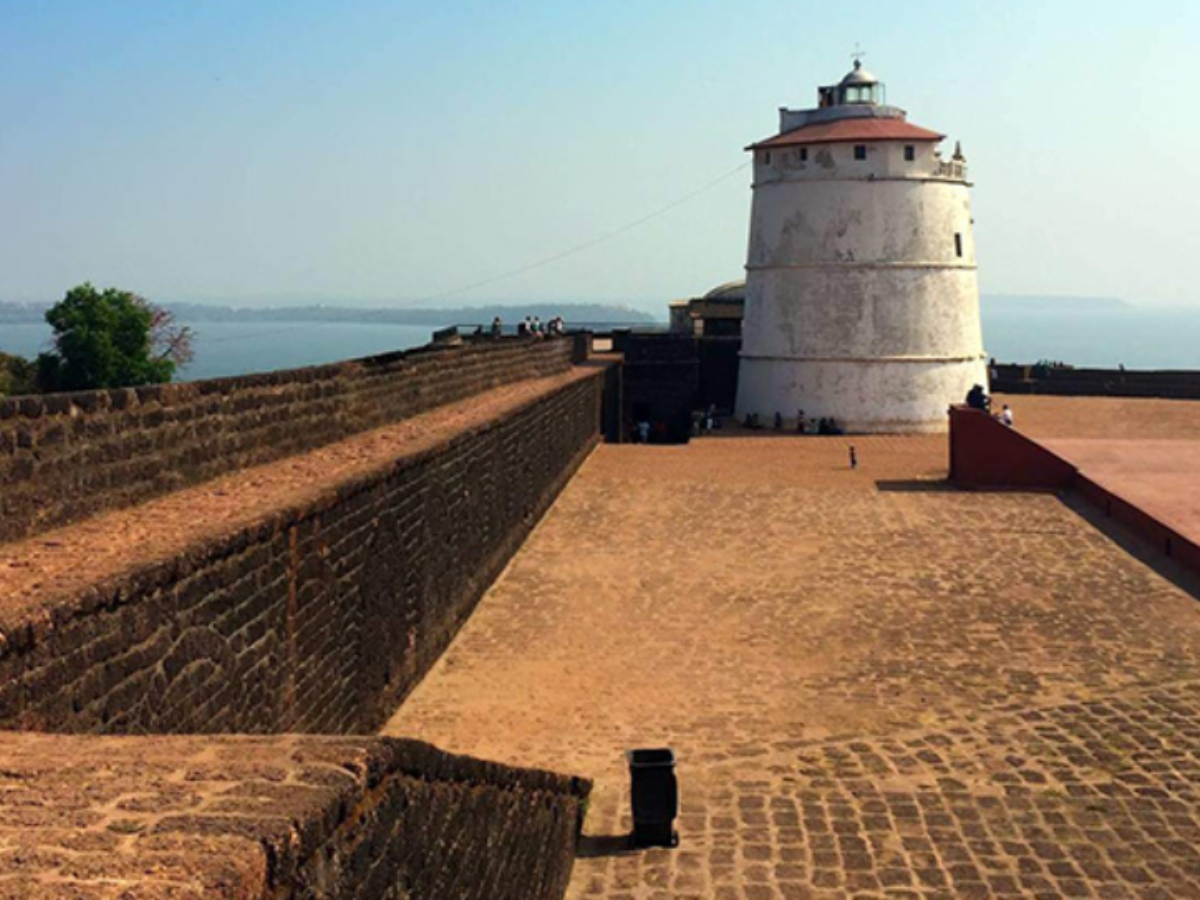State
Tribe Name
Art Type
short description
Aguada Fort- an entirely significant monument within that region- represents an era in time and testimony of military architecture during the period of Portuguese colonialism. Envisioned between 1609-1612, the fort was built for a strategic arrangement looming over the Arabian coastline that could protect colonies of the Portuguese settlements from enemy ships, especially the Dutch and the Marathas. The fort was named 'Aguada', meaning 'water' in Portuguese, in reference to the fort's internal boundary-clear freshwater spring, which provided vital supplies to Portuguese vessels during their long voyages.
Thumbnail

Filter Postion
Left
Filter Background
Off
Theme
Filter Header Image

content
Image

description
Aguada Fort- an entirely significant monument within that region- represents an era in time and testimony of military architecture during the period of Portuguese colonialism. Envisioned between 1609-1612, the fort was built for a strategic arrangement looming over the Arabian coastline that could protect colonies of the Portuguese settlements from enemy ships, especially the Dutch and the Marathas. The fort was named 'Aguada', meaning 'water' in Portuguese, in reference to the fort's internal boundary-clear freshwater spring, which provided vital supplies to Portuguese vessels during their long voyages.
Aguada Fort is perhaps the most representative feature during the time of the Portuguese colonialism; it is, however, also significant to some of the Goan natives like the Kunbi and Velip tribes. These local tribes were some of the earliest settlers of the land, still having a close affinity with the land and its natural resources. Although the fort itself was built by Portuguese, that has all these attributes, the Kunbi tribe, known for its distinctive culture and agricultural practices, has always been a part of Goan history before even the coming of the Portuguese. The Kunbi tribe continues to be one of the most important contributors to the agrarian character and cultural character of Goa. Aguada itself may be a proud symbol of colonial might, but it can also be taken to symbolize the interface between the indigenous peoples and foreign colonizing powers. Members of the Velip tribe, who earlier lived in forests and are considered early settlers in Goa, can trace their cultural legacy in some of the rituals and customs still practiced in Goa.
Aguada Fort is perhaps the most representative feature during the time of the Portuguese colonialism; it is, however, also significant to some of the Goan natives like the Kunbi and Velip tribes. These local tribes were some of the earliest settlers of the land, still having a close affinity with the land and its natural resources. Although the fort itself was built by Portuguese, that has all these attributes, the Kunbi tribe, known for its distinctive culture and agricultural practices, has always been a part of Goan history before even the coming of the Portuguese. The Kunbi tribe continues to be one of the most important contributors to the agrarian character and cultural character of Goa. Aguada itself may be a proud symbol of colonial might, but it can also be taken to symbolize the interface between the indigenous peoples and foreign colonizing powers. Members of the Velip tribe, who earlier lived in forests and are considered early settlers in Goa, can trace their cultural legacy in some of the rituals and customs still practiced in Goa.
Image Mode
landscape
promoted
On
Verified
Off
